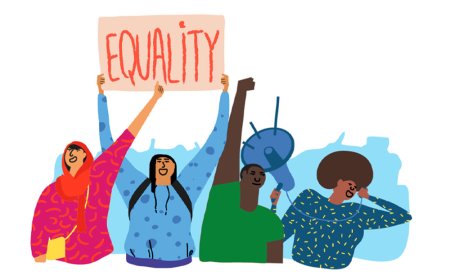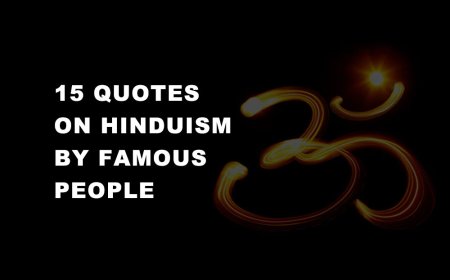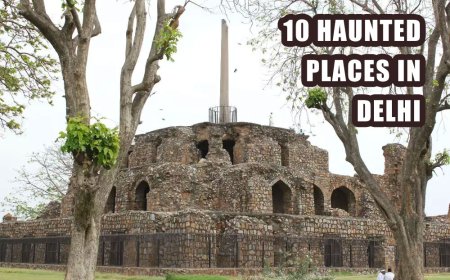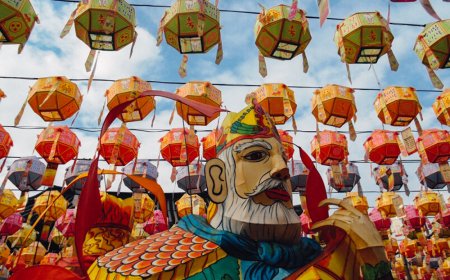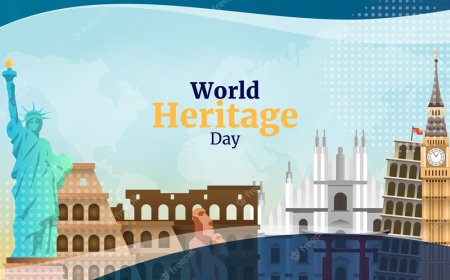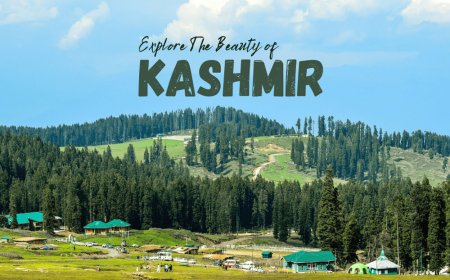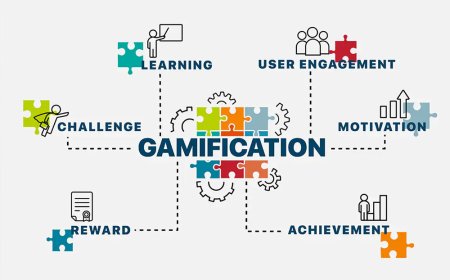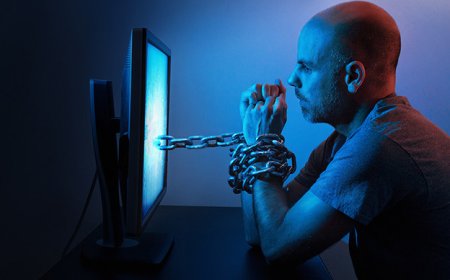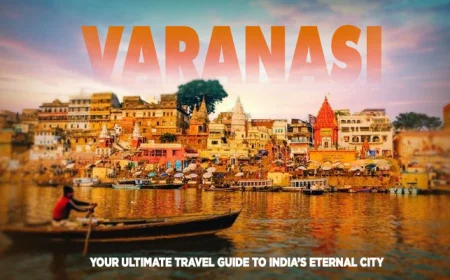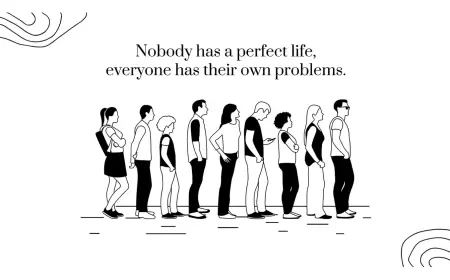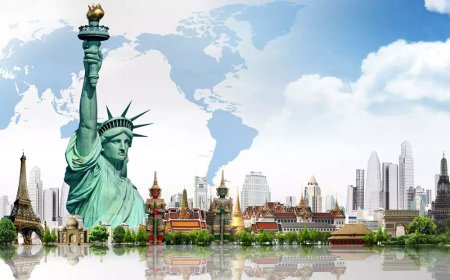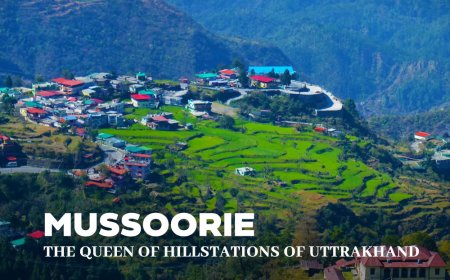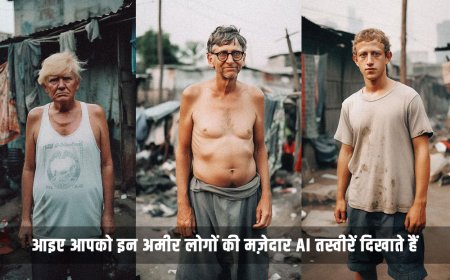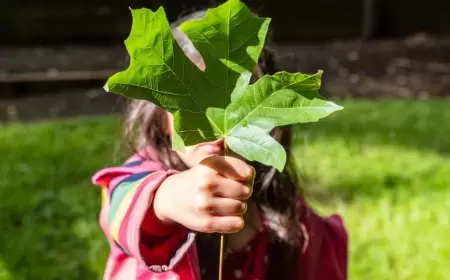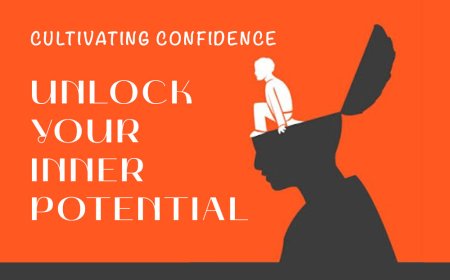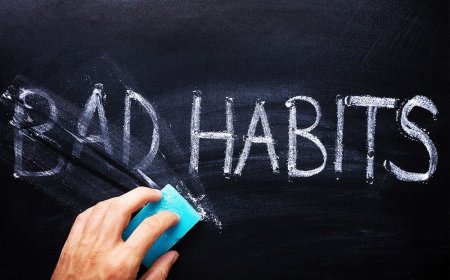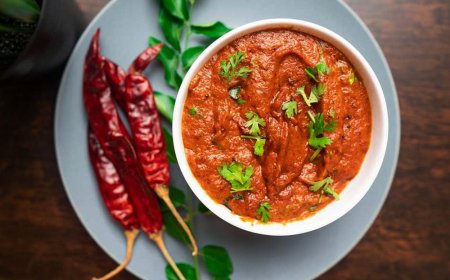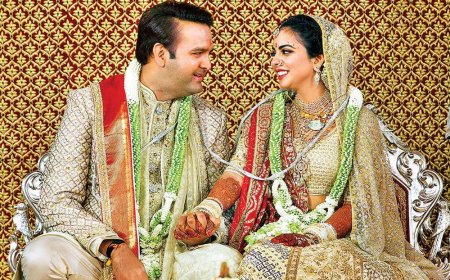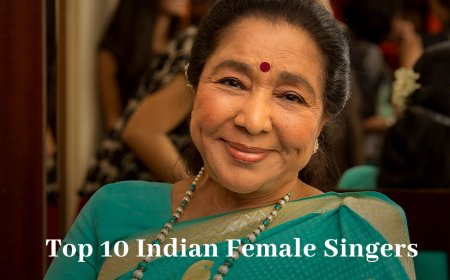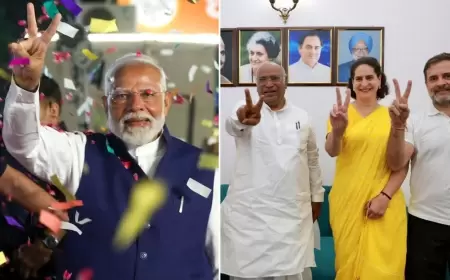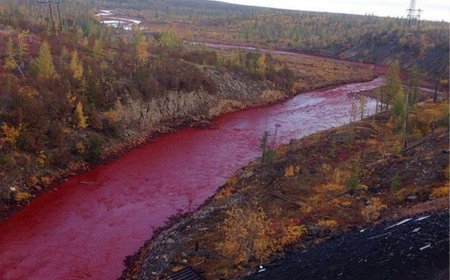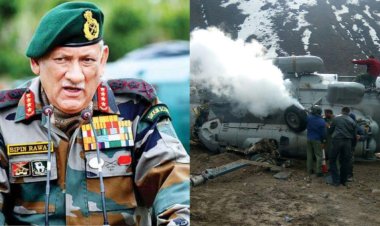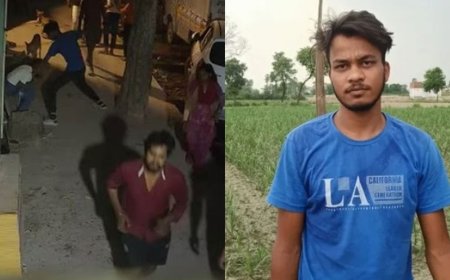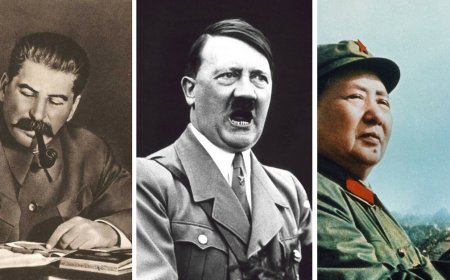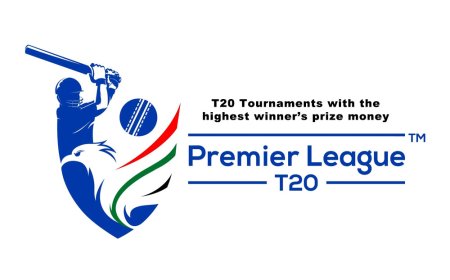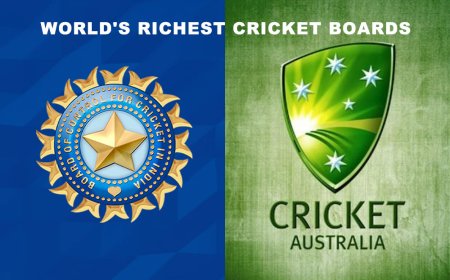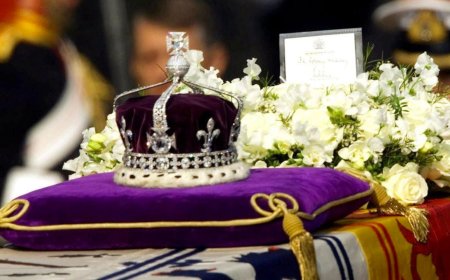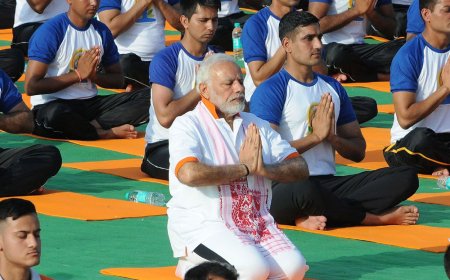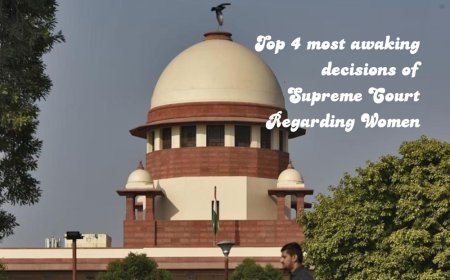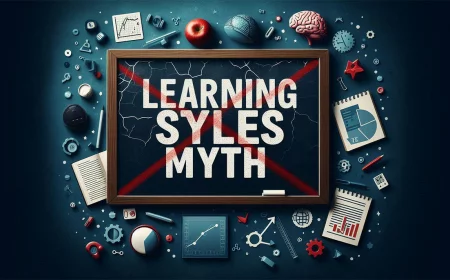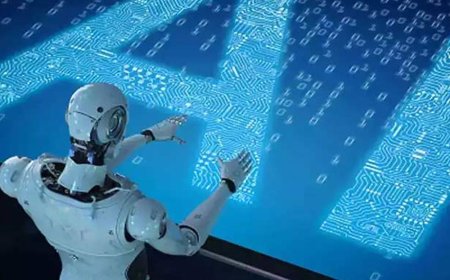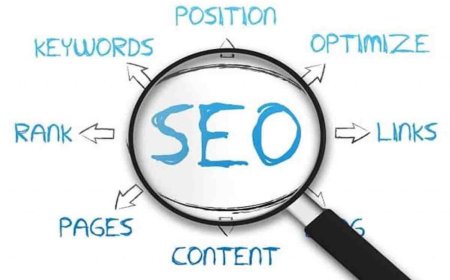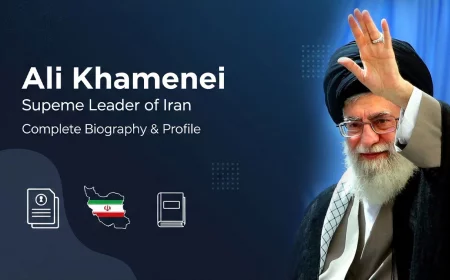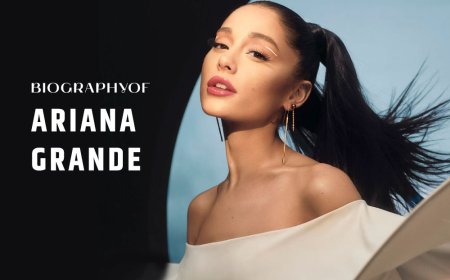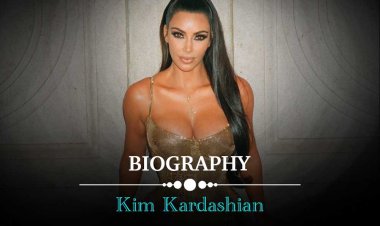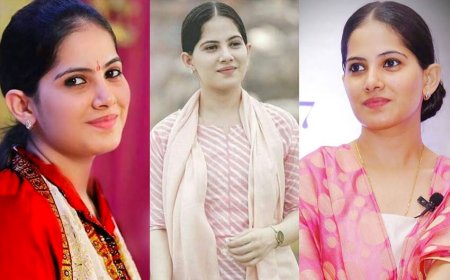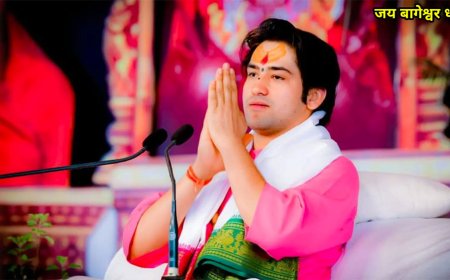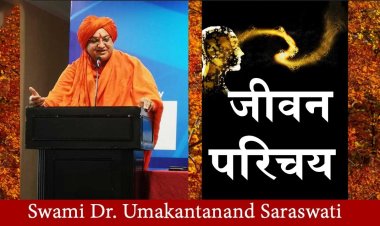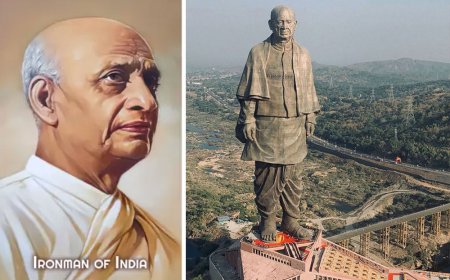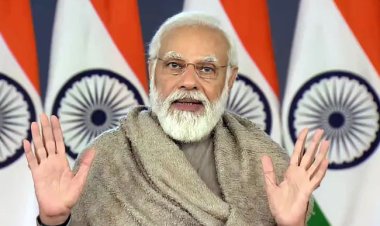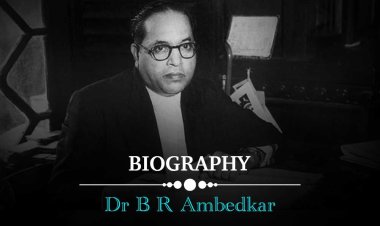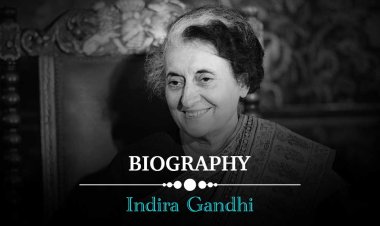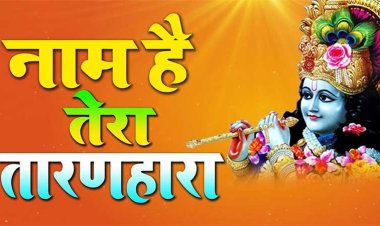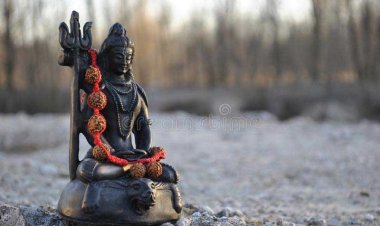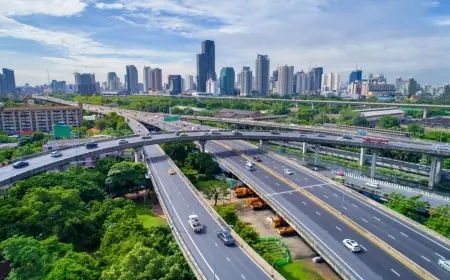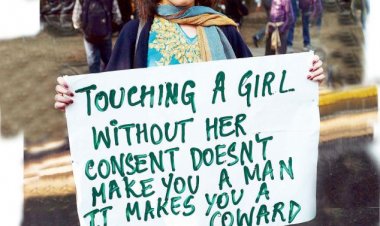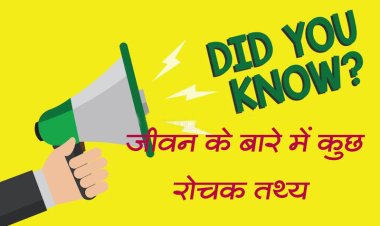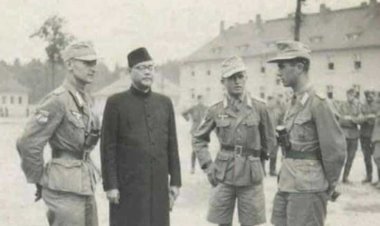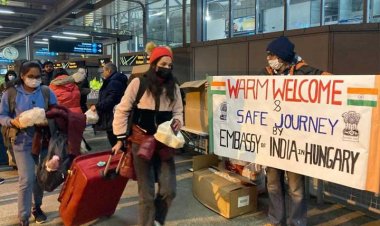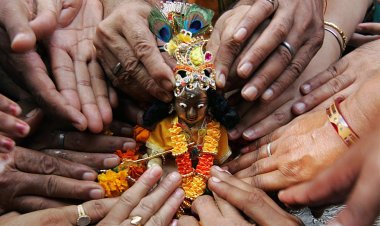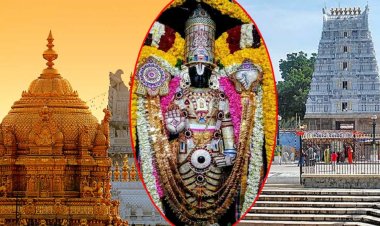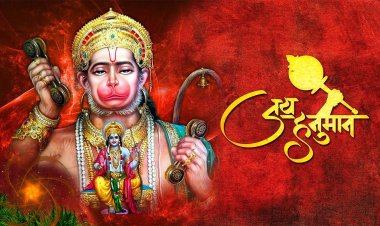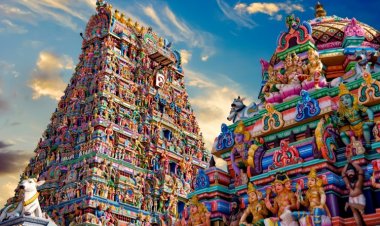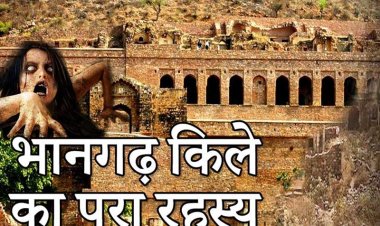Ali Khamenei: Supreme Leader of Iran - Complete Biography and Profile
Ayatollah Ali Khamenei stands as one of the most powerful and influential leaders in the contemporary Middle East. As Iran's Supreme Leader since 1989, he has shaped the Islamic Republic's domestic and foreign policies for over three decades. This comprehensive profile examines his life, rise to power, and current role in Iranian politics.

Ayatollah Ali Khamenei stands as one of the most powerful and influential leaders in the contemporary Middle East. As Iran's Supreme Leader since 1989, he has shaped the Islamic Republic's domestic and foreign policies for over three decades. This comprehensive profile examines his life, rise to power, and current role in Iranian politics.
Personal Information
Full Name: Sayyid Ali Hosseini Khamenei
Birth Date: April 19, 1939
Birth Place: Mashhad, Khorasan Province, Iran
Age: 86 years old (as of 2025)
Title: Supreme Leader of Iran (Rahbar)
Religious Rank: Grand Ayatollah
Nationality: Iranian
Ethnicity: Persian (Sayyid - descendant of Prophet Muhammad)
Family Background
Father: Javad Khamenei - An Islamic scholar (Alim and Mujtahid) born in Najaf, Iraq
Mother: Khadijeh Mirdamadi (daughter of Hashem Mirdamadi)
Siblings: Second of eight children
Brothers: Two brothers are also clerics, including younger brother Hadi Khamenei (newspaper publisher)
Children: Including Mojtaba Khamenei (born 1969), a politician and cleric
Early Life and Education
Childhood: Born into a humble and poor family, taught to lead a simple, humble way of life
Early Education: Learned to read the Qurʾan in early childhood, attended theological seminary school in Mashhad
Advanced Studies: At age 18, travelled to Najaf, Iraq, to study Shia jurisprudence, later returned at his father's request
Religious Teachers: Student of Ayatollah Hossein Borujerdi and Ayatollah Ruhollah Khomeini
Political Career Timeline
Pre-Revolution Period
- 1960s-1970s: Active in opposition to the Shah's regime
- Religious Studies: Continued theological education while becoming politically active
Iranian Revolution (1979)
- Key Role: An Important figure in the Islamic Republic established by the Iranian Revolution
- Hostage Crisis: Key negotiator in the Iran hostage crisis of 1979–81
Presidential Term (1981-1989)
- Election: Served as President of Iran from 1981–89
- Innovation: Described as an "innovative president"
- War Leadership: Led Iran during much of the Iran-Iraq War (1980-1988)
Supreme Leadership (1989-Present)
- Appointment: Has ruled since 1989
- Selection: Elected supreme leader following Ayatollah Khomeini
- Duration: Over 35 years in the highest office
Powers and Authority as Supreme Leader
Constitutional Authority
According to the constitution, the supreme leader delineates the general policies of the Islamic Republic (article 110), supervising the legislature
Control Over Key Institutions
The armed forces, judiciary, state radio and television, and other key government organisations such as the Guardian Council and Expediency Discernment Council are subject to the supreme leader
Ultimate Decision-Making Power
Holds ultimate authority over all branches of government, the military and the judiciary. While elected officials manage day-to-day affairs, no major policy — especially one involving the United States — proceeds without his explicit approval
Religious Status and Titles
Primary Title: Generally addressed with the honorific ayatollah
Religious Rank: A cleric of high institutional rank among the Twelver Shiʿah
Scholarly Status: Grand Ayatollah and Marja (source of emulation for Shia Muslims)
Current Challenges and Recent Developments (2025)
Regional Conflicts
- Israel-Iran Tensions: Now faces its greatest challenge yet. His archenemy, Israel, has secured free rein over Iran's skies and is decimating the country's military
- Recent Threats: Subjected to threats of assassination by Israel's prime minister, Benjamin Netanyahu, and defence minister, Israel Katz
Political Stance
- Resistance Position: In the wake of the 2025 Iran–Israel war, Khamenei rejected Trump's call for Iranian surrender
Succession Planning
- Recent Developments: The New York Times said Supreme Leader Ayatollah Ali Khamenei has designated his successors
Health and Personal Status
Current Age: 86 years old
Health Status: Recent reports and rumours about his health have been circulating, though reports claiming he was killed during Israeli strikes have been labelled as false
Historical Significance
Early Perception vs. Reality
Initially dismissed by some, Khamenei achieved an iron grip as the supreme leader
Long-term Impact
- Longevity: One of the longest-serving leaders in the Middle East
- Influence: Shaped Iran's foreign policy, nuclear program, and regional alliances
- Legacy: Maintained Iran's Islamic revolutionary ideology for over three decades
Key Policies and Positions
Domestic Policy
- Preservation of the Islamic Republic's foundational principles
- Resistance to Western cultural influence
- Support for conservative Islamic values
Foreign Policy
- "Resistance Axis" against Israel and Western influence
- Support for regional allies (Syria, Hezbollah, Hamas)
- Nuclear program development
- Anti-American stance
Economic Approach
- A resistance economy to counter international sanctions
- Self-reliance initiatives
- Support for domestic production
International Recognition and Criticism
Global Influence
- Power Rankings: In 2010, Forbes listed Khamenei as among the "World's Most Powerful People" and Time named him among influential global figures
International Relations
- Subject to international sanctions
- Central figure in Middle East geopolitics
- Key decision-maker in Iran's nuclear negotiations
Current Status and Future
As of 2025, Ali Khamenei continues to serve as Iran's Supreme Leader despite his advanced age and the numerous challenges facing the Islamic Republic. The Iranian regime is in a fundamentally weak position according to some analysts, yet Khamenei maintains firm control over the country's key institutions.
His leadership style, characterised by caution in foreign policy and firmness in maintaining the Islamic Republic's core principles, continues to shape Iran's trajectory. The recent designation of successors indicates awareness of the eventual transition, though Khamenei remains actively involved in all major decisions.
Conclusion
Ayatollah Ali Khamenei's journey from a humble clerical family in Mashhad to becoming one of the world's most powerful leaders represents a remarkable transformation. His 35+ year tenure as Supreme Leader has been marked by Iran's emergence as a regional power, despite facing significant international pressure and sanctions.
Whether viewed as a defender of Iranian sovereignty or an authoritarian ruler, Khamenei's influence on Middle Eastern politics and global affairs remains undeniable. As Iran navigates current regional conflicts and internal challenges, its decisions continue to have far-reaching implications for the Middle East and beyond.
His legacy will ultimately be judged by how effectively he preserved the Islamic Republic's founding ideals while adapting to contemporary challenges, and how successfully he managed the eventual transition of power to the next generation of Iranian leadership.
DISCLAIMER: All information presented in this biography has been sourced from publicly available internet sources, open platforms, news websites, and official publications. The content is compiled for informational purposes only and represents information available through public domains. Readers are advised to cross-reference with multiple sources for verification and to stay updated with the latest developments.
What's Your Reaction?
 Like
0
Like
0
 Dislike
0
Dislike
0
 Love
0
Love
0
 Funny
0
Funny
0
 Angry
0
Angry
0
 Sad
0
Sad
0
 Wow
0
Wow
0











